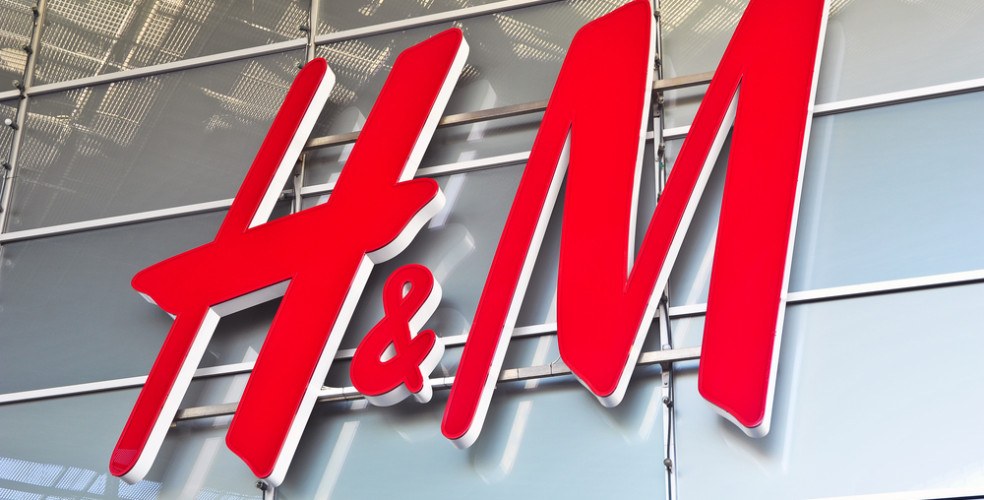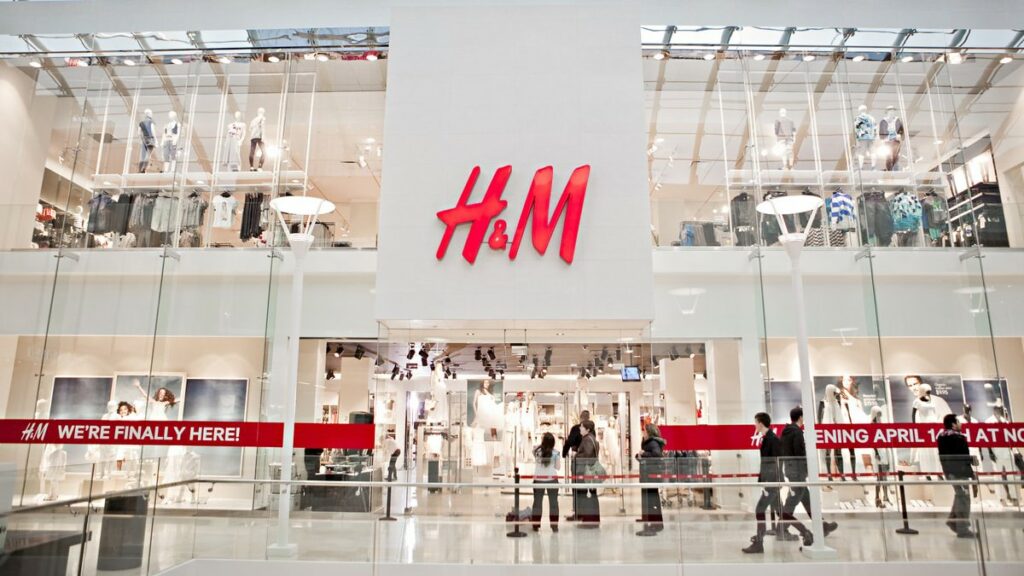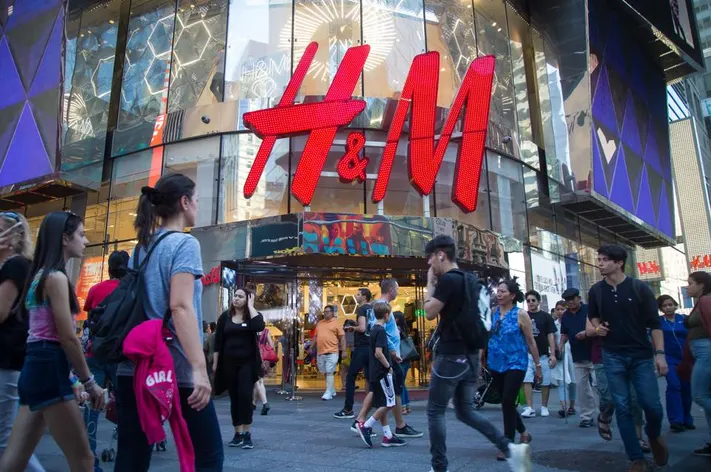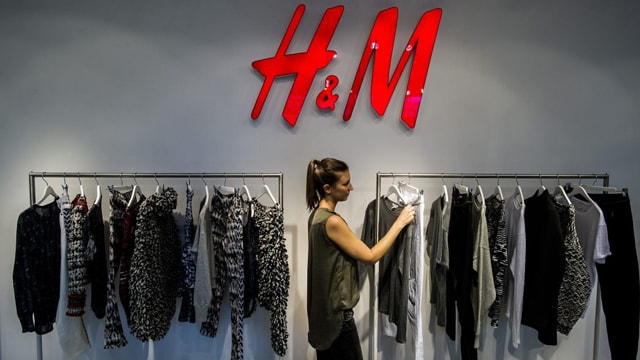
Few names in fashion are as globally recognized as H&M (Hennes & Mauritz AB). From its humble beginnings in Sweden to its current status as one of the world’s largest clothing retailers, H&M has consistently shaped how consumers think about affordable style. The brand is a household name, a go-to for budget-conscious shoppers, and a significant player in the fast-fashion industry.
Yet, behind the polished campaigns and stylish storefronts lies a complex story of innovation, controversy, sustainability struggles, and reinvention. As consumer preferences shift toward eco-conscious shopping and digital-first experiences, H&M faces both opportunities and challenges.
This blog explores H&M’s journey in detail—from its origins and business model to collaborations, sustainability efforts, controversies, and its vision for the future.
The Origins of H&M
H&M’s story begins in 1947, when Erling Persson opened a women’s clothing store in Västerås, Sweden. He named it Hennes (Swedish for “hers”).
The business model was simple: provide stylish clothing at affordable prices. The formula worked, and the store became popular quickly.
In 1968, Persson acquired Mauritz Widforss, a hunting and fishing equipment store in Stockholm. Along with the acquisition came men’s and children’s clothing stock. With this expansion, the brand was renamed Hennes & Mauritz, later shortened to H&M.
From then on, H&M grew steadily across Europe before going global in the late 20th century. Today, H&M operates in more than 70 countries with over 4,000 stores, making it one of the largest fashion retailers worldwide.
The Fast-Fashion Business Model
At its core, H&M thrives on the fast-fashion model: rapidly designing, producing, and delivering new clothing collections inspired by runway shows, pop culture, and consumer trends.
Key aspects of H&M’s model include:
- Speed to Market – Designs move from concept to store shelves in weeks.
- Affordability – H&M prioritizes competitive pricing to appeal to the mass market.
- High Volume Sales – Slim profit margins on individual items are offset by massive global sales.
- Trend-Driven Assortments – Collections constantly refresh to encourage repeat visits.
This strategy allows H&M to compete directly with Inditex’s Zara, another fast-fashion powerhouse, and to attract price-sensitive consumers.

Product Range & Consumer Appeal
H&M offers a wide range of products, including:
- Women’s, men’s, and children’s clothing
- Accessories, shoes, and bags
- H&M Home – interior décor, textiles, and home accessories
- Special collections – maternity wear, activewear, lingerie, and beauty products
The brand’s appeal lies in its ability to serve multiple demographics: teenagers hunting for trendy pieces, professionals seeking affordable workwear, and families shopping for basics.
Global Expansion & Market Presence
After conquering Europe, H&M entered the U.S. market in 2000, opening its first store in New York. This marked a turning point, introducing the brand to a global audience.
Today:
- H&M is present in over 70 markets.
- Online shopping is available in more than 50 countries.
- Asia, especially China and India, has become a major growth region.
While the company expanded rapidly in the 2000s, recent years have seen a shift from physical stores to e-commerce, with H&M closing underperforming locations and investing in digital-first strategies.
H&M’s Iconic Collaborations
One of H&M’s smartest marketing strategies has been collaborating with luxury designers and celebrities.
Some standout partnerships include:
- Karl Lagerfeld (2004) – The first high-fashion collaboration.
- Versace (2011) – Bold prints and glamorous designs.
- Balmain (2015) – Streetwear-luxury fusion that caused shopping frenzies.
- Moschino (2018) – Playful, pop culture-infused designs.
- Simone Rocha (2021) – Romantic, feminine collections.
These collaborations generated immense hype, often selling out within hours, and positioned H&M as a trend-savvy brand that bridges high fashion and mass retail.
Sustainability Challenges & Efforts
Fast fashion is notoriously criticized for its environmental impact: overproduction, textile waste, and carbon emissions. H&M has faced backlash for being one of the biggest contributors to fashion waste.
In response, H&M has launched several initiatives:
- H&M Conscious Collection – Clothing made with organic cotton, recycled polyester, and sustainable fabrics.
- Garment Recycling Program – Customers can return old clothes to H&M stores for recycling.
- Climate Goals – Commitments to become climate positive by 2040.
- Transparency Efforts – Publishing supplier lists and production details.
However, critics argue that these initiatives are not enough, accusing H&M of greenwashing—marketing sustainability while still producing massive volumes of clothing.

Digital Transformation & Innovation
H&M has embraced technology to keep up with shifting consumer habits:
- H&M App & E-commerce – A seamless shopping experience with personalized recommendations.
- AR & Virtual Try-On – In select markets, customers can test outfits virtually.
- AI in Design & Inventory – Using data to forecast trends and optimize stock.
- Omnichannel Retail – Integrating online shopping with in-store pickup and returns.
Digital innovation is critical as younger consumers prefer mobile-first, personalized shopping experiences.
Brand Identity & Marketing
H&M’s marketing emphasizes inclusivity, diversity, and affordability. Campaigns often feature models of different body types, ethnicities, and backgrounds.
The brand also uses:
- Influencer partnerships on Instagram and TikTok.
- User-generated content campaigns.
- Seasonal sales promotions that drive foot traffic and online visits.
Despite missteps (such as controversial ads that sparked backlash), H&M continues to adapt its brand image toward social responsibility and inclusivity.
Financial Performance & Challenges
H&M has faced ups and downs financially. While it remains one of the top fashion retailers globally, it struggles with:
- Competition from Zara, Uniqlo, Shein, and online-only retailers.
- Overproduction leading to unsold inventory.
- The shift from brick-and-mortar to digital sales.
The company has responded by reducing physical store count, investing heavily in e-commerce, and streamlining its supply chain.
Criticism & Controversies
H&M has not been free from scandals:
- Labor Issues – Reports of unsafe working conditions and low wages in supplier factories.
- Cultural Missteps – A 2018 ad featuring a Black child in a “Coolest Monkey in the Jungle” hoodie sparked outrage.
- Greenwashing Allegations – Accused of overstating its sustainability efforts.
- Overproduction – Destroying unsold clothes to manage inventory has hurt its eco-friendly claims.
These controversies highlight the tension between fast fashion’s scale and sustainability goals.

The Future of H&M
Looking ahead, H&M is positioning itself as a more sustainable, tech-savvy, and responsible brand.
Key future strategies include:
- Expanding H&M Conscious and circular fashion initiatives.
- Increasing use of recycled and bio-based fabrics.
- Enhancing digital shopping experiences.
- Expanding H&M Home and niche brands under the H&M Group (COS, & Other Stories, Monki).
The challenge remains balancing affordability, speed, and sustainability—a tricky equation in modern fashion.
Conclusion: Why H&M Still Matters
Despite controversies, H&M remains one of the most influential fashion retailers worldwide. Its ability to democratize fashion, offer trend-forward yet affordable pieces, and engage with consumers through collaborations keeps it relevant.
However, the pressure is on. Consumers are demanding more sustainable practices, ethical production, and digital-first convenience. How H&M adapts will determine whether it remains a leader or fades under the weight of competition and criticism.
For now, H&M’s story is one of resilience, reinvention, and reinvestment—a fascinating case study in the evolving world of fashion.